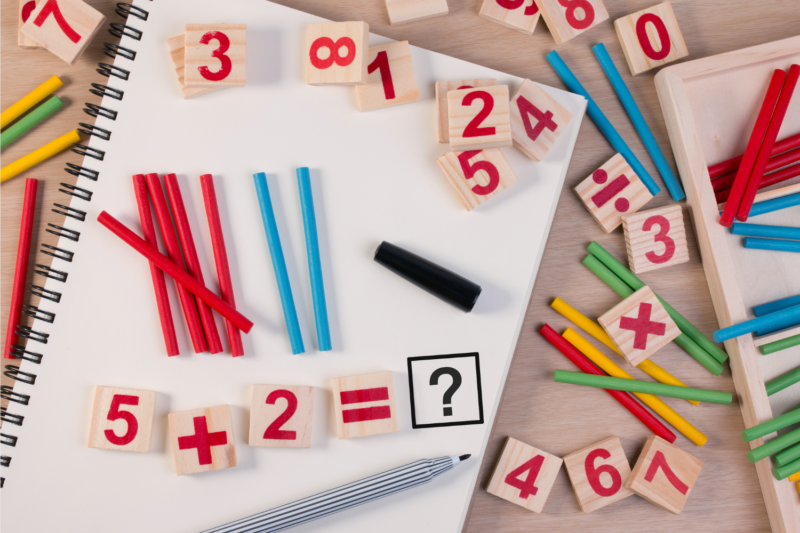Insights
Fun and Engaging Activities for Learning Basic Addition and Subtraction Facts
At ORIGO, we recommend these three strategies for learning addition and subtraction:
The Count-On Strategy
The strategy of counting on is used to add numbers. Students begin with the larger number addend and then count on with the other addend to reach the sum. For instance, in the equation 5 + 3, the student recognizes five as the greater number and counts on three more (6, 7, 8) to reach the sum.
This approach aids students in memorizing over half of their basic addition facts and also introduces them to the commutative property.
Students in higher grades can also use this strategy with larger numbers, such as adding 45 + 20 mentally. They would start with the larger number (45) and count on two more tens (55, 65). This strategy can also be applied in reverse for subtraction by counting backward.
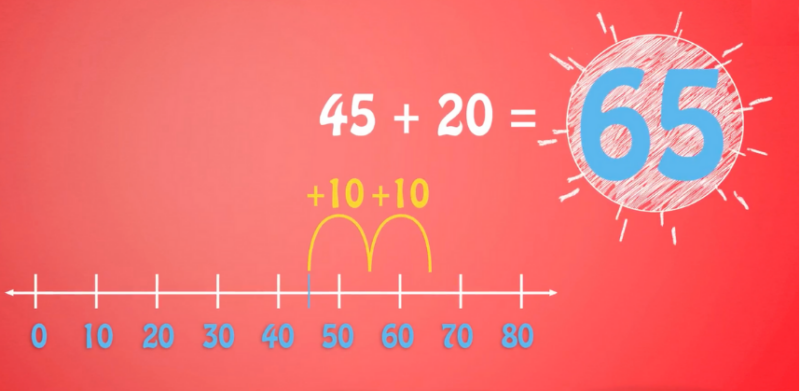
Check out this Origo One video to help you and your class visualize this strategy.
The Make Ten Strategy
Students begin by learning the various combinations that add up to ten (like 1 + 9, 2 + 8, 3 + 7, etc.). The “make ten” strategy expands on these combinations to assist students in answering addition facts that may seem challenging, such as the sum of 9 + 4.
By breaking apart one of the numbers to make a ten with the other and then adding the remaining number, students can easily find the total.
For example, when solving 9 + 5, learners can split the 5 into 4 + 1. Then they add that 1 to the 9 to equal 10. Lastly, they add the remaining 4 to 10 to make 14. By applying the make ten strategy, students can see that both 9 + 5 and 10 + 4 both result in the same sum of 14.
It can be beneficial to use manipulatives like plastic chips or toy cars or a 10 frame with counters. This strategy can also be applied to subtraction problems. For instance, when solving 15 – 8, students can deduct 5 from 15 to reach 10, then subtract 2 from 10 to arrive at 8. The total of how many they went backwards is 5 + 2 = 7.

This Origo One video provides tips to help teach this strategy.
The Use-Doubles Strategy
One mental math technique for swiftly adding numbers іs tо add doubles. You pick two identical numbers and add them together.
For instance, tо reach 10 by adding 5 + 5, you would double 5. With this same concept, іf 5 + 5 equals 10, then 5 + 4 must equal 1 less, оr 9.
This approach also teaches students that іf the addends have a difference оf two, doubling the number between them gives the same result. For example, 4 + 6 = 10. Similarly, 5, which іs between 4 and 6, equals 10 when іt іs doubled (5 + 5 = 10).
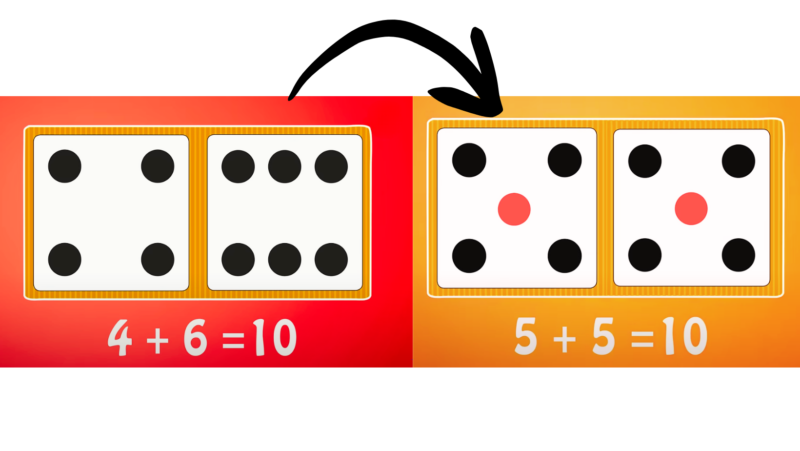
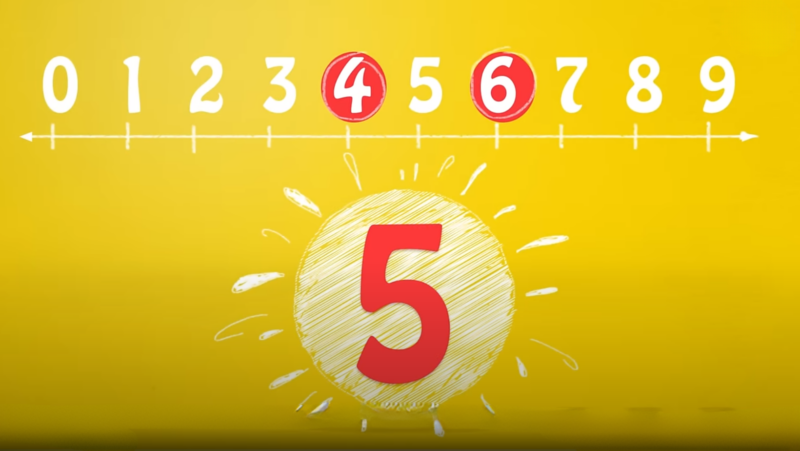
Check out this Origo One video for more examples.
Once students have mastered these strategies, they’re ready for some fun ways to develop automaticity.
Incorporate literature:
Books are a fun way to engage students through a story while teaching mathematical concepts.
- If You Were a Plus Sign by Trisha Speed Shaskan
- If You Were a Minus Sign by Trisha Speed Shaskan
- The Mission of Addition by Brian P. Cleary
- The Action of Subtraction by Brian P. Cleary
For more book suggestions, visit The Best Books to Teach Addition and Subtraction
Use manipulatives:
These learning tools provide a tactile and visual way for students to understand the concepts of addition and subtraction. Give these manipulatives a try!
- Linking cubes (ie unifix cubes)
- Base ten blocks (if practicing place value or larger numbers)
- Counting bears
- Dominoes
- Playing cards
- Plastic discs or counters
- Candy pieces
- Dice or dice within dice
- Blocks or legos
Addition and Subtraction Games:
- Addition War & Subtraction War:
This game is typically played with partners using a regular playing deck of cards. Face cards can be removed or used as Jack = 11, Queen = 12, King = 13, and Ace = 1. The deck is divided evenly between the two players.- Cards remain face down until played. At the same time, players each turn over two cards from their pile. Players add or subtract the amounts on their two cards for their score. The player with the highest score wins all four cards and adds them to the bottom of their pile.
- Game continues until one player is out of cards.
- For practice with two digit numbers, have players use four cards each to produce two two-digit numbers to add or subtract with. However, they need to group the numbers in the order they lay down the cards instead of choosing how to group them to get a larger sum. (For example, if they laid down a 3 and 7 then the number would be 37 and cannot be switched to make 73).
- Snake eyes:
This game can be used for practicing addition or subtraction. All that is needed is at least two players, two dice, and paper to keep score.- Choose a goal ahead of time, like 50 or 100. (Subtraction would start at the chosen number and work backward to a goal of zero). On their turn, a player rolls both dice. They add up the total of the numbers (i.e. 3 + 6 = 9). That answer is added or subtracted from their accumulated score and their turn ends.
- If a player rolls a one on both dice, known as “snake eyes”, then their accumulated score starts over. First player to reach the goal wins!
- For practice with two digit numbers, have players use two or four dice each to produce two two-digit numbers to add or subtract with. Just be sure they create the two-digit numbers in the order they rolled the dice and don’t choose how to group the numbers just to win quicker.
Addition activities:
- 25 Fun Addition Activities
- Easy Addition Activities for Kids
- Stimulating Activities to Teach Addition
- Hands On Addition Practice for K-2
- 27 Easy Prep Activities to Teach Addition
Online games related to addition:
- Addition and Subtraction Games
- Online Addition Games
- Online Games to Learn Addition
- Addition games ONLINE + PRINTABLE
- Online Addition and Subtraction Games
Subtraction activities:
- 40 Subtraction Activities
- Super Subtraction Activities
- 15 Easy Prep Activities to Teach Subtraction
- Engaging Subtraction Activities
Online games related to subtraction:
- Subtraction Games for Kids
- Online Subtraction Games
- Fun4thebrain Subtraction Games
- Math Subtraction Games Online for Kids
- Fun Subtraction Games
Also, be sure to check out The Book and Box of Fact Strategies: Addition and Subtraction, a valuable tool for teachers looking to enhance their students’ mathematical thinking abilities.
This comprehensive resource includes engaging activities and visual aids that have been extensively researched to effectively teach addition and subtraction facts. Utilizing our proven strategies, teachers can easily monitor student progress and ensure that each student is developing fact fluency with a solid understanding of the concepts of addition and subtraction.
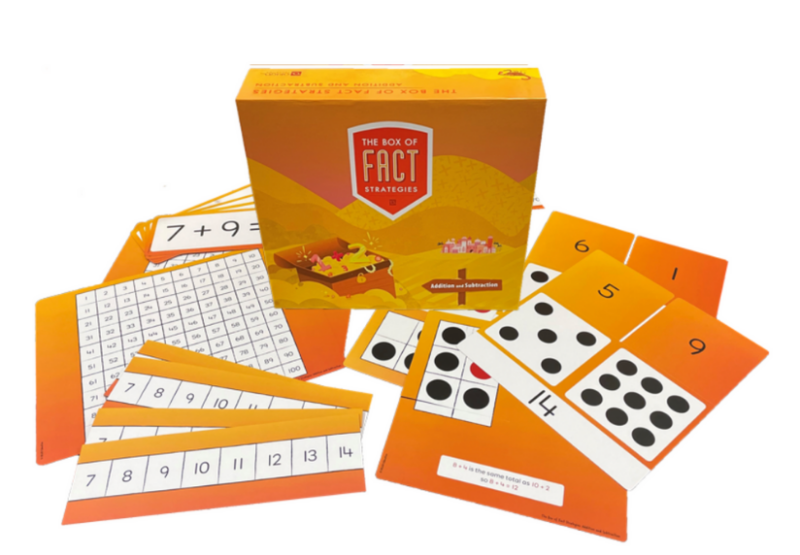
Our user-friendly teaching sequence is designed to help students improve their fluency with number facts, while our fun addition and subtraction activities encourage mental math practice. Included are a variety of print and digital tools, games, and strategy cards. It is suitable for supporting student success in various classroom settings, including intervention, enrichment, summer school, special education, and multilingual learners.
Give it a try and experience the positive impact in your classroom.


